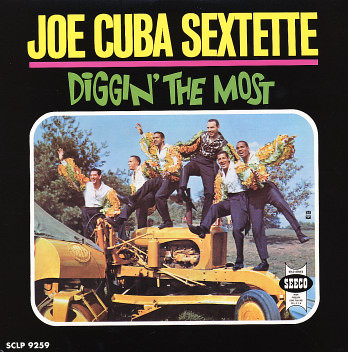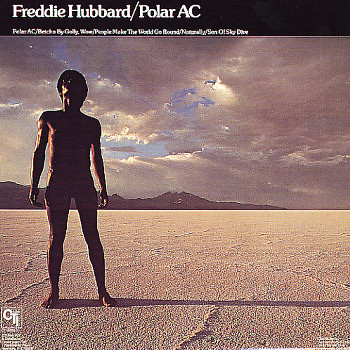Lux Interior (1946 – 2009) of the Cramps died yesterday.
[Youtube=http://www.youtube.com/watch?v=owF1iSVi8KA]
“Human Fly“
The encyclopedic stuff:
The Cramps are a punk rock band originally formed in 1972. Their line-up has rotated much over the years, with Lux Interior and Poison Ivy, the lead singer and lead guitarist respectively as the only permanent members. They were part of the early CBGBs punk rock movement that had emerged in New York and are best-known for their song “Human Fly“.
Their music is mostly in blues form, played at varying, (though usually fast) tempos, with a very minimal drumkit. An integral part of the early Cramps sound is dual guitars, without a bassist. The content of their songs and image is sleaze, trashy Americana (much in the style of filmmaker John Waters), sexual fetishism, clever bad jokes, and cheap, horror B-movie clichés.
Their sound was heavily influenced by early rockabilly and proto-rock’n’roll like Link Wray and Hasil Adkins, 1960s surf music acts such as The Ventures and Dick Dale, 1960s garage rock artists like The Standells, The Gants and The Sonics, as well as the post-glam/early punk scene from which they emerged. They also were influenced to a degree by The Ramones and Screamin’ Jay Hawkins, who is often credited for having pioneered their style of theatrical horror-blues. Their influences and/or the songs they covered were compiled in the vinyl album series Born Bad.
In turn, they have strongly influenced subsequent punk and rockabilly revival bands, even creating a genre in their wake. “Psychobilly,” a style played by bands like The Meteors and the Sharks, is a term† coined by the Cramps, although Lux Interior maintains that the term does not describe their own style. The Cramps also influenced or anticipated acts like The White Stripes, The Gun Club, The Fuzztones, James Chance and the Contortions and The Birthday Party.
The personal stuff:
I can’t really remember my first exposure to The Cramps, but I was hooked when they first came within earshot. The first song must have been “Human Fly“, which tapped straight into my veins. I bought most of their albums up until the early nineties, I believe the last one was Smell of Female which I played over and over. Phrases such as “This is to all you Gucci bag carriers out there” can be reproduced from memory.
The phrase is from “You Got Good Taste.”
[Youtube=http://www.youtube.com/watch?v=nYiGxfOL5eo]
Of course, my interest coincided with the then garage rock revival of the eighties. My best memories of The Cramps are bying their originals on the Born Bad series.

“To understand bad taste one must have very good taste” –John Waters
The clearly Betty Page/Irving Klaw-inspired sleeves could have been a lot better but the music opened up to a whole world of musical misfits and one-hit wonders, of which the following “Goo Goo Muck” is an excellent example.
[Youtube=http://www.youtube.com/watch?v=sj24CBT2NSE]
“Goo Goo Muck” (the music doesn’t start until :59)
Farewell Lux!



